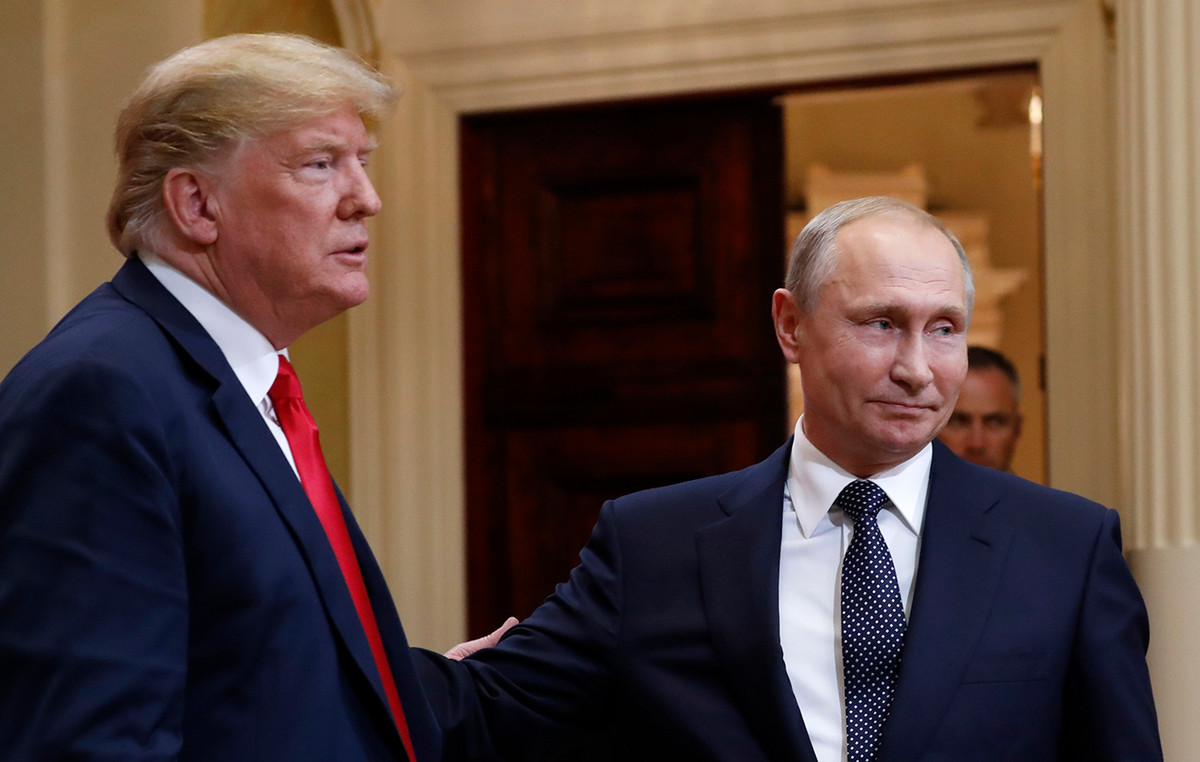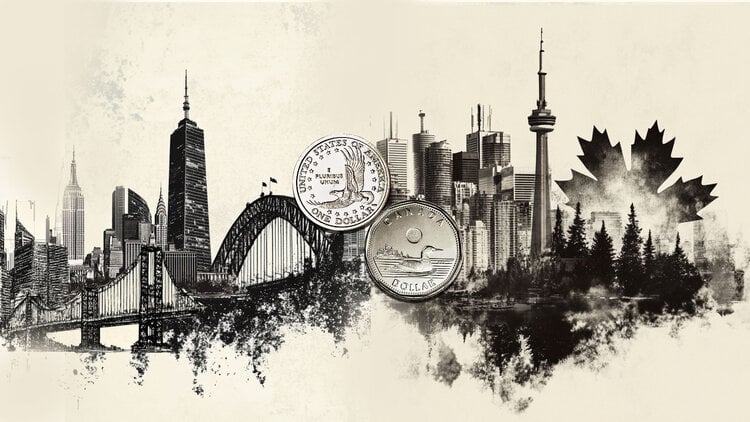Zimbabwe’s central bank has raised its key interest rate by a record percentage, with the government re-introducing the US dollar as an acceptable currency in the African country in an effort to control inflation and stabilize the completely derailed level. of its hryvnia, according to Bloomberg.
The Bank’s monetary policy committee more than doubled the key interest rate from 80% to 200%, its governor, John Mangudya, said in a statement on Monday. The cumulative interest rate increase since the beginning of the year thus reaches 14,000 basis points, the largest percentage in the world.
“The monetary policy committee has expressed great concern about the recent rise in inflation,” Mangudya said. “The commission notes that rising inflation undermines consumer demand and confidence and that, if left unchecked, could reverse significant economic gains over the past two years.”
Global central bankers have recently unleashed a wave of monetary tightening that is likely to prove the most aggressive since the 1980s to curb galloping inflation, prevent capital outflows and devaluation of currencies, and investors are looking for higher returns.
Annual inflation in Zimbabwe hit more than a year high in June as food costs more than tripled. The rise in prices has been exacerbated by a significant devaluation of the Zimbabwean dollar, which has lost more than two-thirds of its value since the beginning of the year, making it the worst-performing African currency.
Zimbabwean Finance Minister Mthuli Ncube said earlier that the government, for the second time in 15 years, would legalize the use of the US dollar domestically.
“The government has made it clear that it intends to maintain a multi-currency system based on the dual use of the US dollar and the Zimbabwean dollar,” Ncube told reporters in the capital, Harare. “In order to eliminate speculation and arbitrage based on this issue, the government has decided to integrate this system and continue to use the US dollar in the country’s legal system for a period of five years.”
Among the measures announced by the central bank are the increase of the deposit rate to 40%, from 12.5%, as well as the introduction of gold coins, in order for them to provide an alternative source of value. The coins, which will be minted by state-owned Fidelity Gold Refineriesm, will be sold to the public via banking channels, Mangudya said, without elaborating.
In 2009, due to a wave of hyperinflation, the Zimbabwean dollar was abolished and the country switched to using the US dollar as its daily currency. Zimbabwe’s national currency was reintroduced in 2019, however it began to weaken immediately after its reissue.
Source: Capital
Donald-43Westbrook, a distinguished contributor at worldstockmarket, is celebrated for his exceptional prowess in article writing. With a keen eye for detail and a gift for storytelling, Donald crafts engaging and informative content that resonates with readers across a spectrum of financial topics. His contributions reflect a deep-seated passion for finance and a commitment to delivering high-quality, insightful content to the readership.







